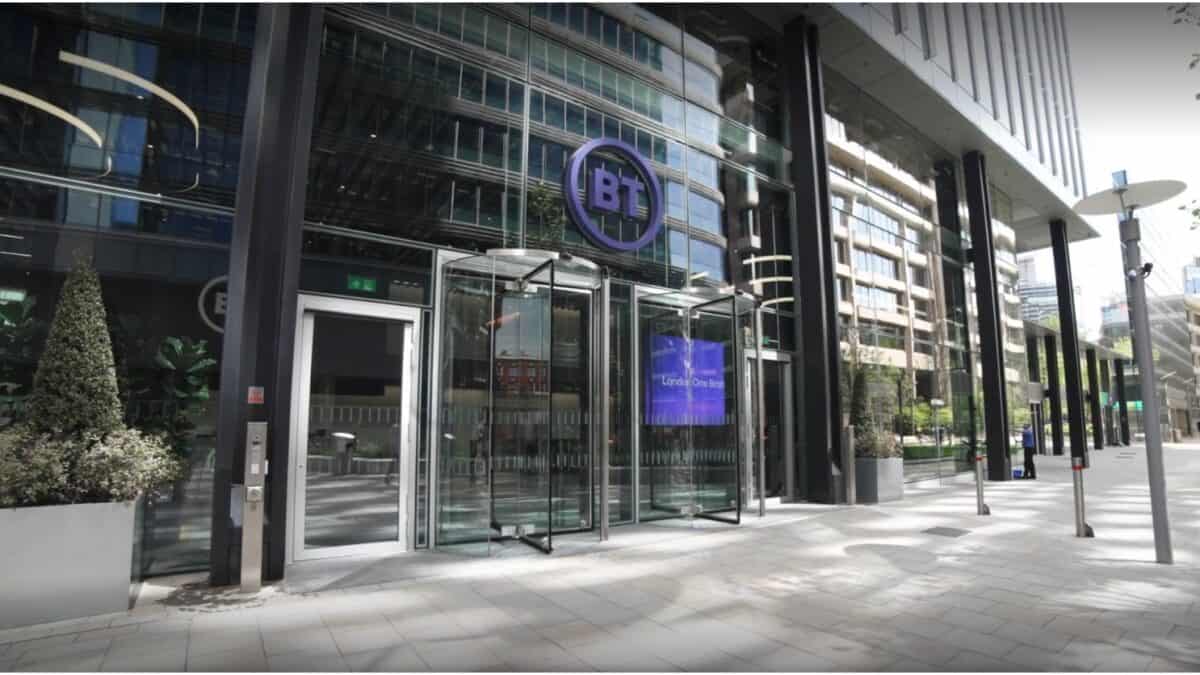Image source: Getty Images
Few things excite me more than the idea of a second income. However, for now, I’m very much in the building wealth phase, and recognise that I won’t be able to draw a second income for some time.
In the meantime, I’m focusing on smart investments and developing skills that will pave the way for future financial opportunities.
By prioritising my growth, I aim to create a solid foundation that will eventually lead to that coveted second income.
Playing it safe
There are many approaches to investing in the stock market. Some novice investors may take too many risks, putting their money into a small number of stocks.
Others like to play it safe, investing in low-cost tracker funds as an entry point to this occasionally confusing world.
Personally, I prefer a balanced approach. I combine individual stock selections with exchange-traded funds (ETFs) and bonds to diversify my portfolio while still allowing for targeted investments in areas I believe have strong potential.
This strategy enables me to benefit from the stability and diversification of ETFs while also taking advantage of specific opportunities with individual stocks.
Big wealth with small investments
As such, if I were investing £500 a month, I may want to focus on building a small portfolio of funds, ETFs and stocks, and top up those positions when I have the funds available.
For context, the average annualised return of the FTSE 100 over the past decade is approximately 5.22%. But Brexit, Covid and the cost-of-living crisis have pulled it back.
Assuming investors can actualise an average return of 10% going forward, £500 a month could become £1.13m after 30 years. That’s enough to deliver at least £56,400 a year as a second income.
Tracker vs researched investments
Interestingly, over the past decade, an S&P 500 tracker would have delivered just over 10% annualised growth. And this is why it pays to have a diversified portfolio, even when we’re talking about index trackers.
However, I always believe that well-researched investments can beat the index. For example, I’ve doubled my money on several investments over the past year including Abercrombie & Fitch, AppLovin, Celestica, Nvidia, Powell Industries, and Rolls-Royce.
One for growth
As such, novice investors may want build a portfolio that leans on trackers and funds, but also leaves room for some growth-focused investments. One growth-oriented stock that continues to catch my eye at the moment is CRISPR Therapeutics (NASDAQ:CRSP).
I’ve owned shares in this Swiss gene-editing company for over a year, and it’s been pretty wild. Up 60% in January, I’m now back where I started despite no change in the company’s prospects.
CRISPR’s arguably the most advanced in this field of medicine, with world-first gene editing therapies now in use for the treatment of sickle cell disease (SCD) and beta-thalassemia.
Uptake’s likely to be start slowly, given the $2.2m price tag and the time it will take to set up of treatment centres. However, the therapy cost’s actually lower than the assumed lifetime cost of treating SCD and transfusion dependent beta-thalassemia.
It’s a stock I think should be on everyone’s watchlist, and with the price falling, I’m considering topping up my position. However, this is arguably the most speculative of my investments, given its in an early-sales phase.
Credit: Source link














